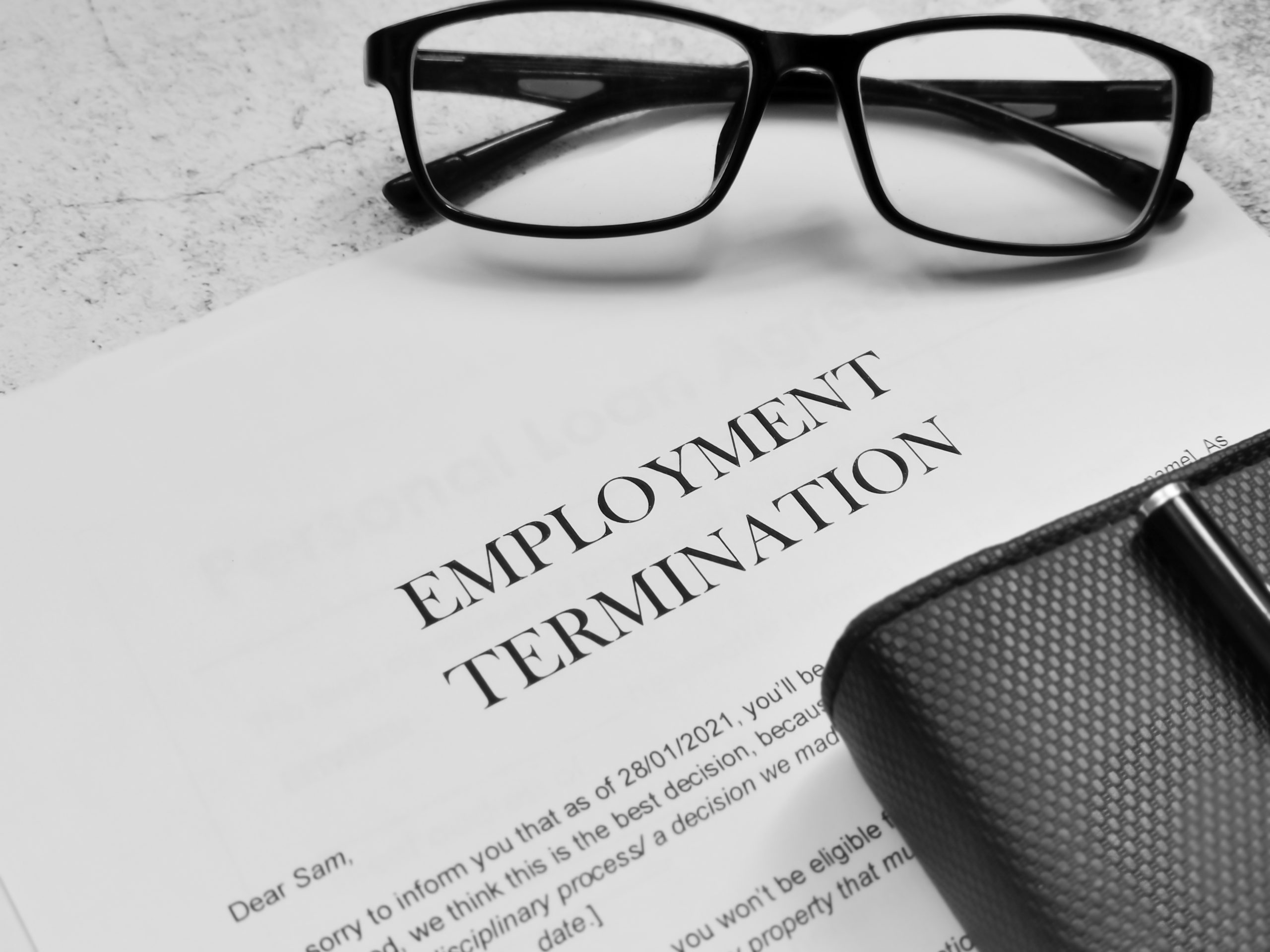In a landmark case, Uber lost its appeal against the London Central Employment Tribunal decision that Uber drivers were workers rather than self-employed contractors.
The Employment Appeal Tribunal (EAT) upheld this decision, entitling drivers to the benefits of workers including entitlement to the National Minimum Wage, Living Wage and rights under the Working Time Regulations.
Why is this case important?
This is an important case in the current employment landscape, particularly with the rise of the “gig” economy, where organisations are increasingly contracting with individuals to provide services for them on a flexible/freelance basis. This case addresses the employment status of individuals providing services on a flexible and freelance basis, impacting their entitlement to right and protections.
Key issues
- Employment status: Determining whether Uber drivers were workers or self-employed contractors. This was important because a worker is entitled to additional rights and protections under employment law.
- Working time: Identifying what amounts to ‘working time’. This is important as this is used to calculate the benefits including annual leave and minimum pay.
Case details
Uber, a well-known app-based service, allows the public to book taxi services and connect with drivers. It is one of the biggest examples of firms in the ‘gig’ economy – those firms where work is assigned on a short-term or job-by-job basis through an app. It has grown into a “modern business phenomenon” with over 100,000 registered drivers in the UK.
The case was brought by named Uber drivers and supported by the GMB union as a test case. The drivers argued that they were workers and therefore should be entitled to the rights and entitlements of a worker. Uber argued that the drivers were self-employed contractors and that Uber acted as agent for the drivers in putting them in touch with customers. There were contracts between the drivers and the Uber parent company, Uber BV, but not between the drivers and any of the named respondent companies. The contracts were consistent with an agency relationship and Uber argued that this contractual position was reflected in the day-to-day relationship with the drivers.
The Tribunal’s decision
The Employment Tribunal ruled that the drivers were workers, not self-employed contractors. The Tribunal had to consider what elements of their time they were workers for, as they were not workers for the whole time they were in their vehicles. The Tribunal concluded that they were workers on working time whilst they had the Uber app switched on, were within their authorised, and were willing and able to accept assignments.
The Employment Tribunal rejected Uber’s argument that’s drivers operated as independent businesses, noting that the contractual terms did not reflect the actual working relationship. Although the express wording of a contract cannot be changed through implication where that express wording does not reflect the reality of the situation, it can be disregarded, particularly where the bargaining positions of the parties to the contract were not equal. The Tribunal found that the drivers were in a weaker bargaining position than Uber and therefore disregarded the contractual position.
The Tribunal’s considerations
As in any case on employment status, the Employment Tribunal carried out an analysis of the day-to-day reality of the relationship. This included an analysis of the contractual documents available but also the reality of the day-to-day working of the drivers, particularly relying on the following factual conclusions:
- Uber interviews and recruits drivers.
- Uber controls key information (in particular the passenger’s surname, contact details and intended destination) and excludes the driver from it.
- Uber requires drivers to accept trips and/not to cancel trips, and enforces the requirement by logging off drivers who breach the requirements.
- The driver sets a default route at his peril.
- Uber sets the fare and the driver cannot agree a higher sum.
- Uber imposes numerous conditions upon the driver.
- Uber subjects the drivers to a performance management system through the ratings system.
- Uber decides issues in respect of rebates sometimes without involving the driver whose remuneration is liable to be affected.
- The guaranteed earnings scheme.
- Uber accepts risk for loss.
- Uber handles passenger complaints.
- Uber have the right to amend drivers’ terms unilaterally.
EAT appeal
Unsurprisingly, given the number of drivers involved and the potential impact upon Uber’s business, Uber appealed the Tribunal’s decision. Uber’s key grounds of appeal were:
- That the Employment Tribunal had erred in disregarding the written contracts.
- That the Employment Tribunal had erred in not finding that the written contracts reflected the reality of the situation.
- That the Employment Tribunal had disregarded basic principles of agency law.
- That the Employment Tribunal had erred in relying on elements of the relationship between the drivers and Uber that existed because of regulatory requirements.
- That the Employment Tribunal had made inconsistent and perverse finding of fact.
The EAT focused on whether there was a contract between the drivers and Uber, and if so whether that was a contract whereby the drivers provided services to Uber or whether Uber provided a service to the drivers as agent.
More simply, the EAT asked: “When the drivers are working who are they working for?” Do they work on their own account or on behalf of Uber?
The EAT’s decision
The EAT dismissed Uber’s appeal.
They agreed with the Employment Tribunal’s decision that the drivers were workers, not just using Uber as an agent to find customers. The EAT also agreed that the Tribunal was right to consider various aspects of the relationship that might be said to arise from compliance with particular regulation, and found no inconsistencies in the Tribunal’s findings.
Regarding what amount of the time is “working time,” the EAT acknowledged some difficulty but upheld the Tribunal’s conclusion that drivers are working when they are in their authorised area, have the app on, and are available for work. The EAT stated that the assessment of a driver’s time between the acceptance of trips will be a matter of fact and degree to be assessed in each case.
What did the Supreme Court decide?
Following Employment Tribunal, and Employment Appeal Tribunal decision, the Supreme Court concluded that Uber drivers are workers and not self-employed. The effect of this Uber drivers are entitled to claim:
- Minimum wage (including backpay for minimum wage);
- Potentially up to two years’ backpay (or more);
- 5.6 weeks’ paid annual leave each year; and
- They will have whistleblowing and similar rights.
Worker status does not, however, confer ‘employee’ rights, such as the right to a redundancy payment or to claim unfair dismissal.
Broader impact
This case was clearly of great importance to Uber, with approximately 40,000 drivers at the time who may well have been able to claim additional rights and benefits including minimum wage, rest breaks and paid holidays.
For employers and the wider gig economy, this case serves as a critical precedent. Organisations who use individuals to personally deliver a service may well find that they are engaging workers if they exercise too much control over the way that service is delivered. This presents an issue in respect of increased costs, risk and tax obligations. Workers will be entitled to additional rights and benefits, and additional tax and NI will be due which could significantly affect profit margins.



